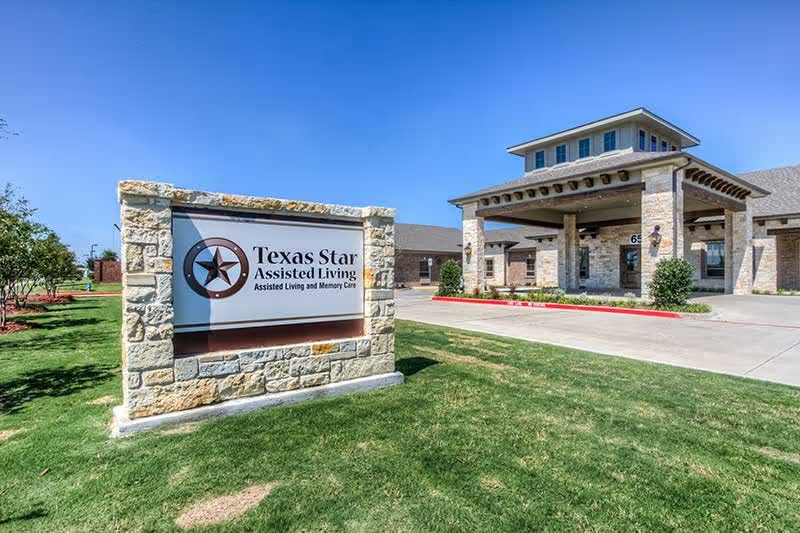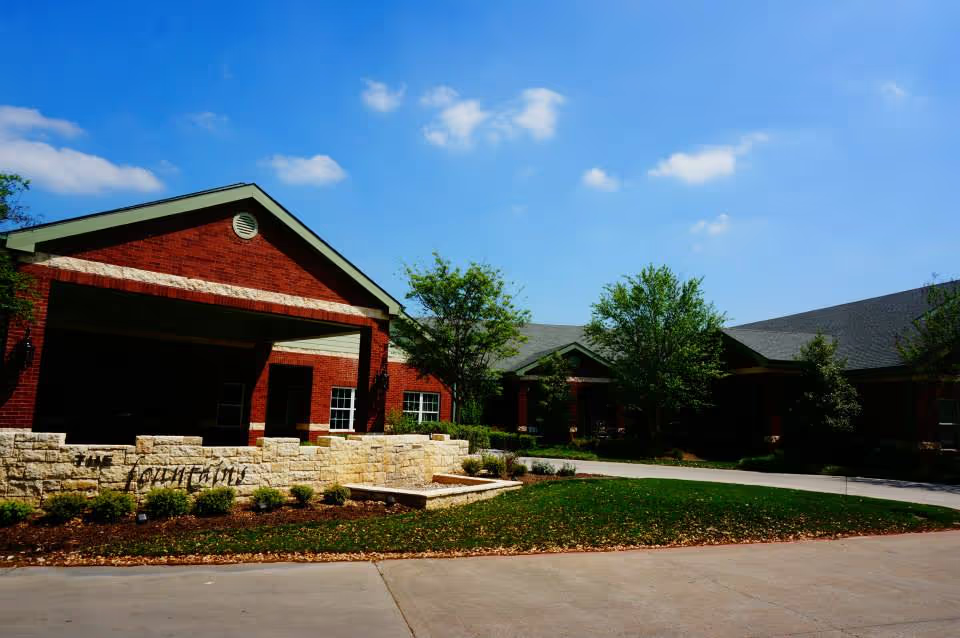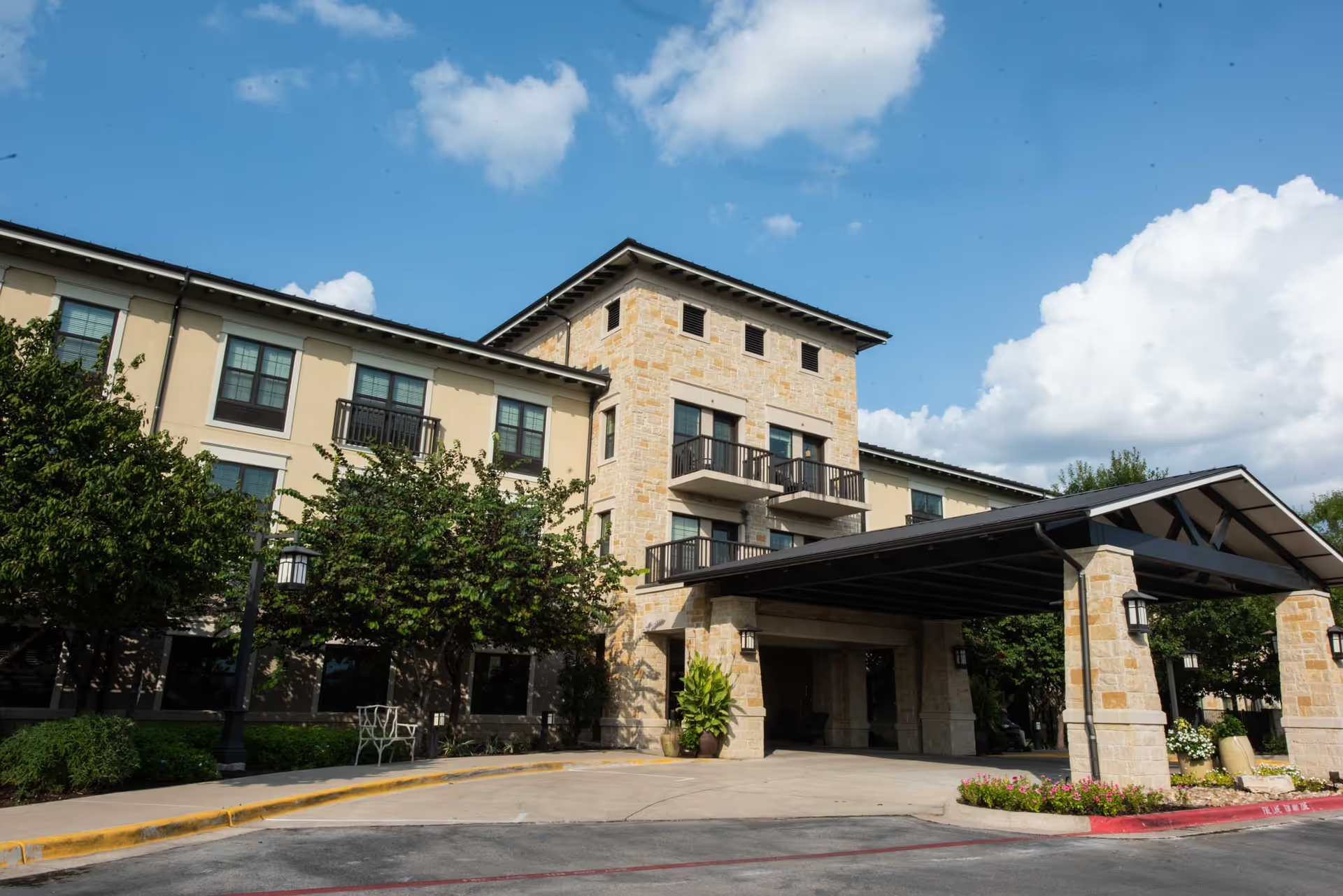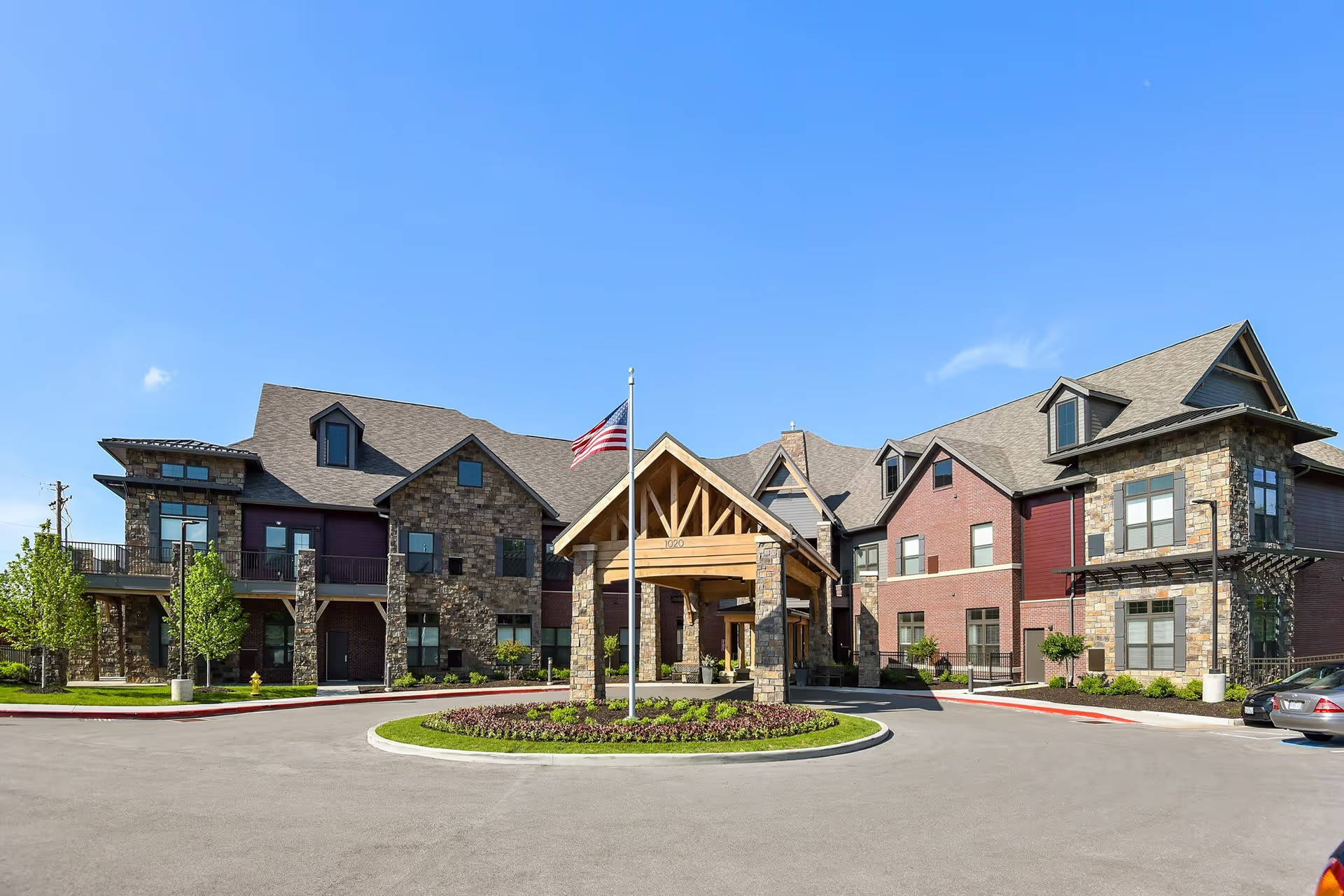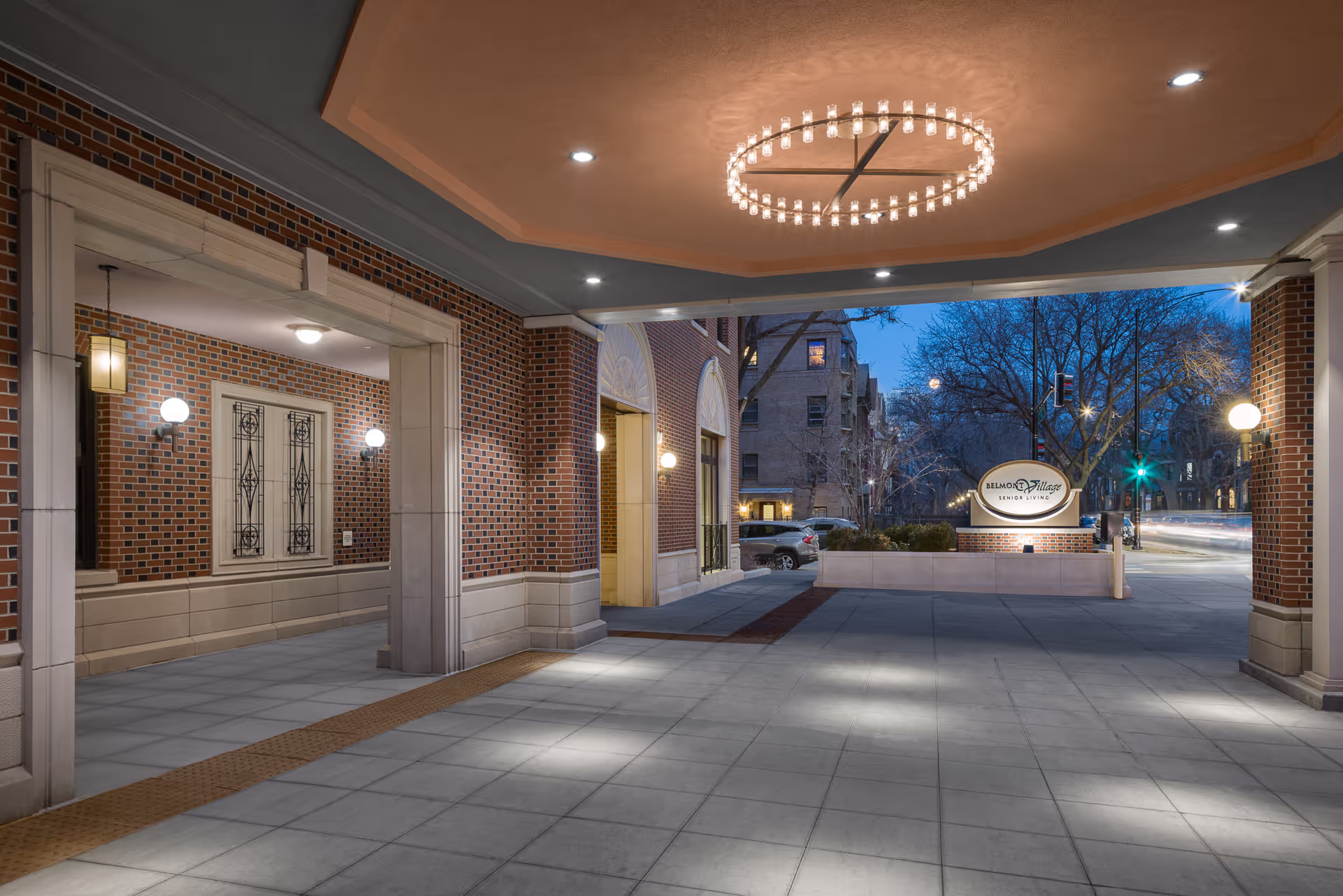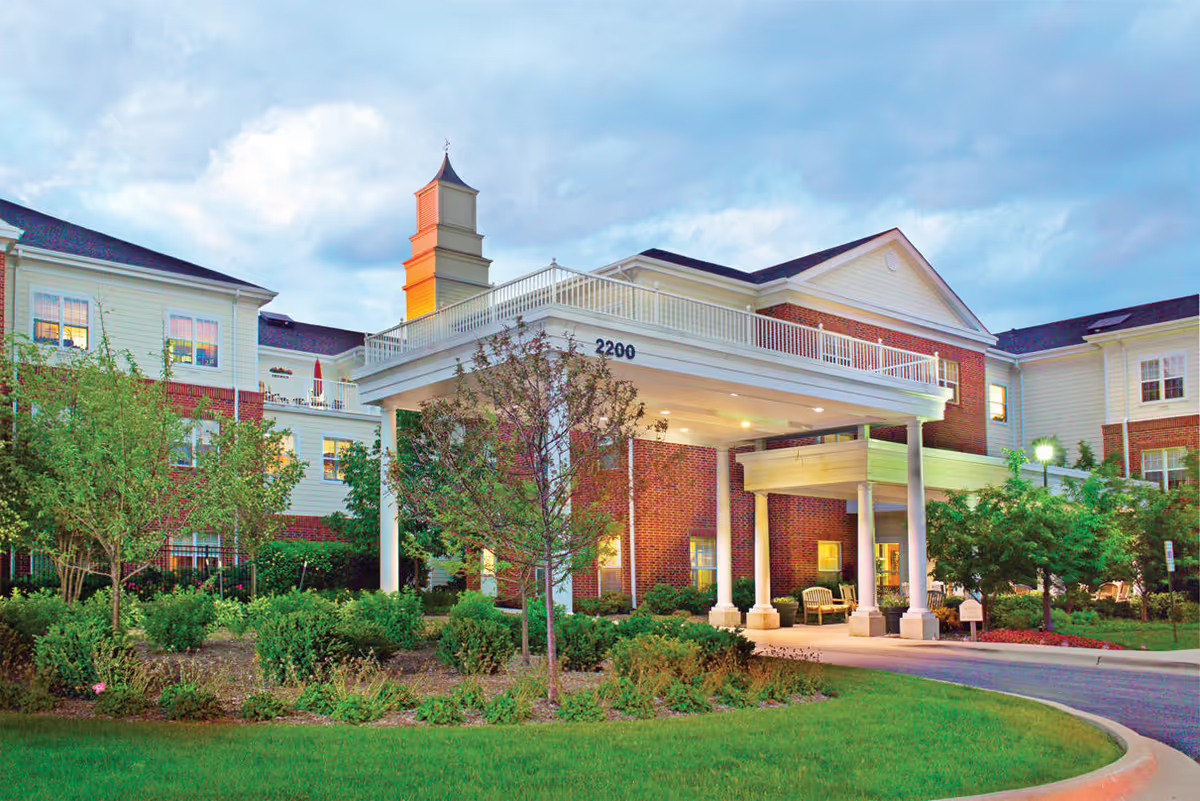Overall sentiment: Reviews for Brookdale Willows Sherman are strongly positive overall, with frequent and emphatic praise for the staff, clinical care, cleanliness, and the community atmosphere. Multiple reviewers call attention to caring, attentive employees — both caregivers and licensed nurses — who deliver personalized attention and emotional support. Many families report that staff went "above and beyond," provided quick, coordinated hospital care, maintained ongoing communication, and treated residents like family. The memory care and rehabilitation teams receive repeated commendations, including accounts of dramatic mobility improvements and successful transitions from hospice to walking, which highlights strong clinical capabilities and individualized therapy plans.
Care quality and staff: The dominant theme is high-quality, compassionate caregiving. Reviewers repeatedly describe the staff as kind, professional, and engaged, with multiple mentions of RNs who "went beyond the call of duty." Staff know residents’ preferences and help maintain dignity, hygiene, and medication administration. Communication receives mostly positive comments (updates on progress, frequent check-ins, FaceTime facilitation), but there are notable exceptions: some families report inconsistent communication—particularly around medications and follow-through on promises—which creates occasional friction. A recurring operational concern is staff turnover and recent staffing changes; while many still praise current staff, turnover (sometimes attributed to pay) shows up across multiple reviews and is a pattern to watch.
Facility and environment: Brookdale Willows Sherman is consistently described as clean, well-maintained, bright, and home-like. Residents and families appreciate private apartments, substantial closet/storage space, and a secure, small-community feel that supports individualized attention. Amenities such as a library, beauty salon, community garden, and accessible parking are frequently mentioned. Several reviews emphasize a warm, family atmosphere and safe environment that provides reassurance to loved ones. A small number of reviews mention occasional cleanliness concerns or a dim/depressing atmosphere, but these are exceptions among many favorable comments.
Dining and meals: Dining receives mixed but mostly favorable feedback. Many reviewers praise the food, note a new chef, and cite flexible meal availability and good meal delivery when residents are ill. Conversely, some reviewers raise concerns about specific menu items (sandwiches, lunch as the main meal), portion sizes described as too small, and occasional meal substitutions. Food quality appears to have improved for many (mentions of a new chef), but inconsistencies in meal experience remain one of the more commonly cited negatives.
Activities and social life: The community offers a broad set of activities—bingo, Bible study, crafts, exercise classes (some mention twice daily), weekly hair appointments, and regular bus outings. These programs contribute to a lively, social environment for many residents. However, several reviewers asked for greater activity variety and more age-appropriate programming; a pattern emerges of a well-structured baseline activity schedule but occasional gaps in frequency, diversity, and fulfillment of promised outings or events.
Management, operations, and cost: Management and directors receive mixed commentary: many reviewers praise directors and administration for being welcoming and informative, while others note recent leadership changes and uneven follow-through. Operational policies drew specific critiques: short-term respite stays have restrictive rules (30-day minimum, must furnish the room, prorated billing issues) and signup fees are described as inflexible. Price and perceived value are recurring concerns—numerous reviews say the community is expensive, with yearly increases that some families find difficult to justify. A few comments also reference Medicaid-related limitations and payment-policy restrictions.
Notable positive patterns and cautions: The strongest, most consistent positives are staff quality, cleanliness, safety, and successful rehabilitation/memory-care outcomes. Many families describe dramatic, positive changes in residents’ mobility, mood, and social engagement after moving in—suggesting Brookdale Willows Sherman can be especially effective for residents who need skilled rehabilitation or attentive memory-care support. The principal cautions for prospective families are staffing turnover (and potential variability in staff continuity), inconsistencies in communication or fulfillment of promises, occasional variability in food and housekeeping, and the facility’s cost and policy rigidity.
Bottom line recommendation: For families prioritizing compassionate, clinically capable care in a clean, small-community setting with many basic amenities and a strong memory-care/rehab focus, Brookdale Willows Sherman receives frequent strong endorsements. Prospective residents should tour in person, ask specific questions about current staffing stability, activity calendars, meal examples, respite/short-stay terms, and billing policies, and clarify medication-communication procedures to ensure expectations align. The community’s many strengths—particularly its staff and therapeutic outcomes—are tempered by operational and cost-related considerations that warrant direct clarification during the decision process.
